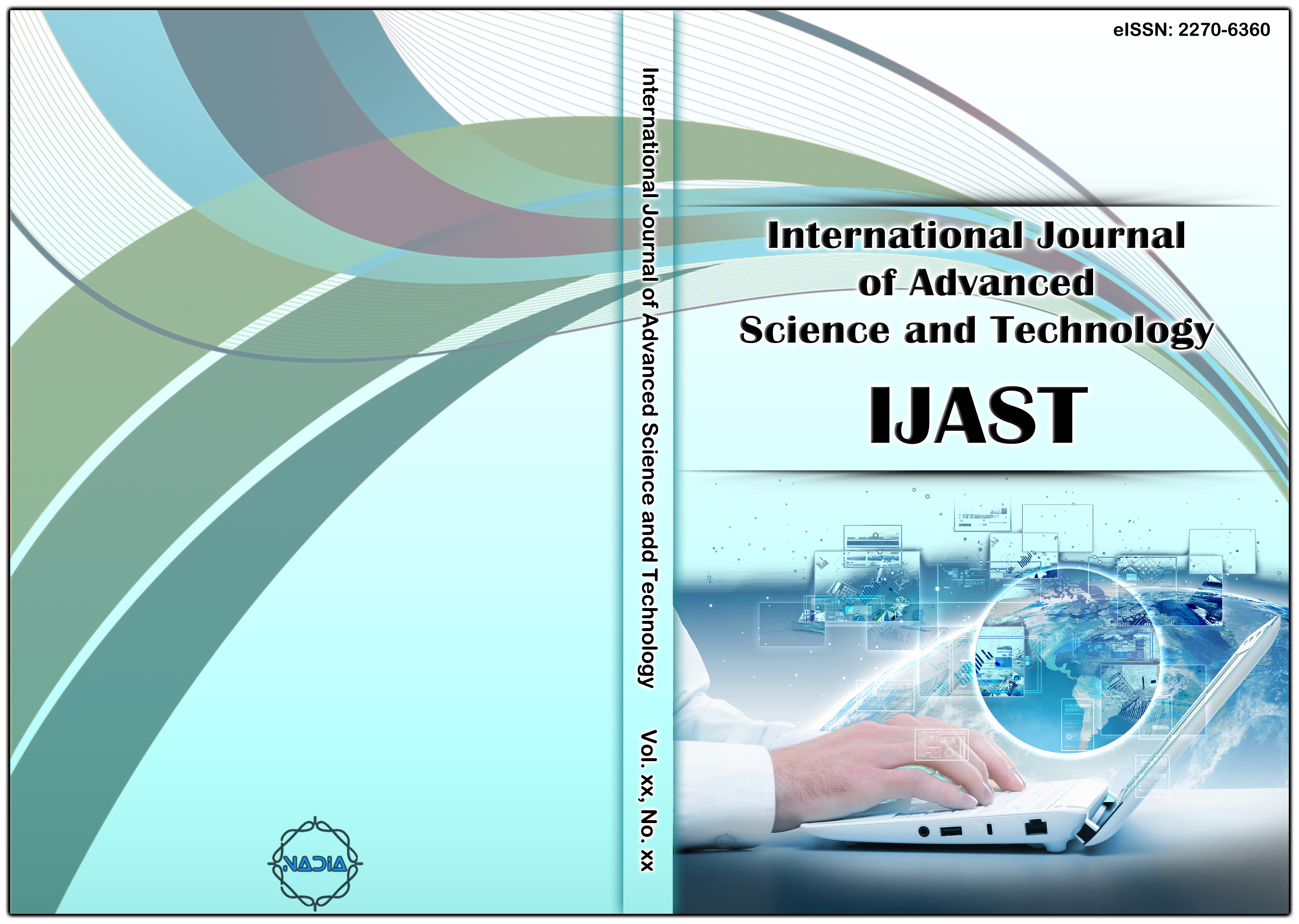[1] Shaguna Gupta and Shakshi Arora, “Queuing Systems in Cloud Services Management: A Survey”, International Journal of Pure and Applied Mathematics, Vol.119, No. 12, 2018, Pp.12741-12753.
[2] K. Ruth Evangelin and V. Vidhya, “Performance Measures of Queuing Models Using Cloud Computing”, Asian Journal of Engineering and Applied Technology, Vol. 4, No. 1, 2015, Pp.8-11.
[3] Jordi Vilaplana, Francesc Solsona, “A queuing theory model for cloud computing”, The Journal of Supercomputing, Springer, Vol.69, No.1, 2014, Pp.492-507.
[4] Lizheng Guo, Tao Yan, Shuguang Zhao and Changyuan Jiang, “Dynamic Performance Optimization for Cloud Computing Using M/M/m Queuing System”, Journal of Applied Mathematics, 2014, Vol.2014, Pp.1-8.
[5] Hamzeh Khazaei, Jelena and Vojislav, “Performance Analysis of Cloud Computing Centers Using M/G/m/m+r Queuing Systems”, IEEE Transactions on parallel and distributed systems, Vol. 23, May 2012.
[6] Hamzeh Khazaei, “Performance Modeling of Cloud Computing Centers”, Doctoral dissertation, The University of Manitoba, Canada, Oct 2012.
[7] B. Yang, F. Tan, Y. Dai, and S. Guo., “Performance evaluation of cloud service considering fault recovery”, First International Conference on Cloud Computing (CloudCom) 2009, Dec. 2009.
[8] A. Chandrika Sai Priya, “Integrated Framework for Multi-User Encrypted Query Operations on Cloud Database Services”, International Journal of Cloud-Computing and Super-Computing, 2016, Vol.3, No.2, GVPress. pp:1-6.http://dx.doi.org/10.21742/IJCS.2016.3.2.01.
[9] Kondapalli Kanaka Rao, “Cloud Computing To Develop Applications”, International Journal of Cloud-Computing and Super-Computing, Vol.4, No. 1. Jun. 2017.GVPress. pp:9-14.http://dx.doi.org/10.21742/IJCS.2017.4.1.02.
[10] S Rithika, “Issues on Developing Interoperable Cloud Applications”, International Journal of Private Cloud Computing Environment and Management. Vol. 4. No. 1. Apr. 2017.GVPress. pp:9-14.http://dx.doi.org/10.21742/IJPCCEM.2017.4.1.02.
[11] T. Ravi Kumar, “Advanced Approach and Management in Cloud Trust” International Journal of Urban Design for Ubiquitous Computing. Vol. 4. No. 2. Sep. 2016.GVPress. pp:7-12.http://dx.doi.org/10.21742/IJUDUC.2016.4.2.02.
[12] P.Harika, N.Thirupathi Rao, “A Survey on Cloud Computing – Investigative Points, Confronts, Design and Applications”, International Journal of Cloud-Computing and Super-Computing. Vol. 5. No. 1. Jun. 2018.GVPress. pp:9-16.http://dx.doi.org/10.21742/IJCS.2018.5.1.02.
[13] T. Hari Krishna, “Role of Kernel in Operating System Survey”, International Journal of Private Cloud Computing Environment and Management. Vol. 3. No. 1. Apr. 2016.GVPress. pp:17-20.http://dx.doi.org/10.21742/IJPCCEM.2016.3.1.03.
[14] Ch L N Deepika, “Data Access Control for Multiauthority Storage System”, International Journal of Private Cloud Computing Environment and Management. Vol. 4. No. 1. Apr. 2017.GVPress. pp:1-8.http://dx.doi.org/10.21742/IJPCCEM.2017.4.1.01.
